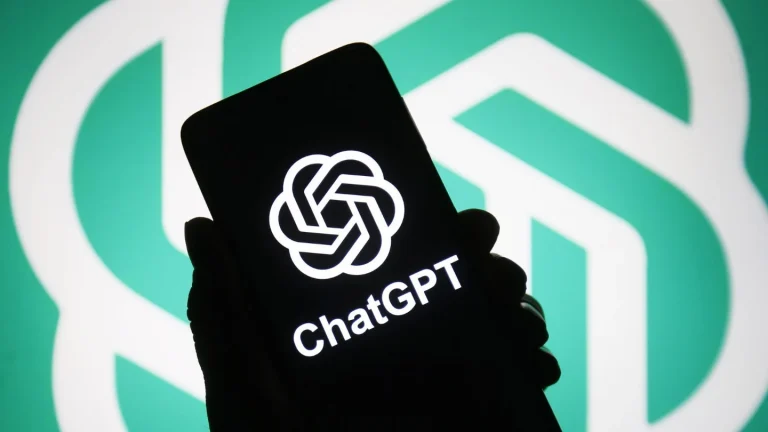Publié : 17 September 2025
Actualisé : 1 month ago
Fiabilité : ✓ Sources vérifiées
Je mets à jour cet article dès que de nouvelles informations sont disponibles.
💡 Introduction
OpenAI released a major study on September 15th analyzing ChatGPT usage based on 1.5 million conversations. This analysis reveals key trends on who uses the AI, how, and why.
💡 Key Takeaway: This large-scale OpenAI study provides unprecedented insights into how people are using ChatGPT.
💡 Who’s Using ChatGPT?
The study reveals a growing number of female users. The proportion of female users increased from 37% in January 2024 to 52% in July 2025. Young adults (18-25 years old) represent 46% of users who reported their age.
💡 How and Why Is ChatGPT Used?
ChatGPT is primarily used for practical advice (75% of conversations). 49% of exchanges are simple requests for explanations, ideas, or recommendations. The “executive” aspect (writing, planning, coding) is less common.
💡 Key Takeaway: Contrary to popular belief, ChatGPT is more of an advisor than a task execution tool.
💡 Global Adoption
ChatGPT adoption is four times faster in low- and middle-income countries than in the West. This trend reflects the usefulness of AI in regions where access to education and information is more limited.
💡 Professional vs. Personal Use
30% of interactions are work-related, compared to 70% for personal use. Personal use has grown significantly between 2024 and 2025. Despite this, ChatGPT is increasingly integrated into information, communication, and productivity professions. Professional use is more common among graduates and those working in well-paid sectors.
“The study reveals a growing democratization of conversational AI, reaching increasingly diverse audiences and uses.” – IActualité
💡 Key Takeaway: ChatGPT is a versatile tool that adapts to both personal and professional spheres.
💡 Study Limitations
The study, while informative, has its limitations. Usage categories are defined by OpenAI, and some data relies on approximations. The study does not detail usage by region or complete age group. Despite these limitations, the study offers valuable insights into the growing impact of ChatGPT, used by 700 million people each week.
❓ Frequently Asked Questions
How do you explain the increasing number of female ChatGPT users, from 37% to 52% in a year and a half?
Why is the use of ChatGPT for task execution less common than expected, and what are the implications of this trend?
What are the consequences of the four times faster adoption of ChatGPT in low- and middle-income countries?
Is the increase in personal use of ChatGPT at the expense of professional use really a sustainable trend, and what does this mean for the future of work?
🎥 Explanatory Video
Video automatically selected to enrich your reading





















0 Comments